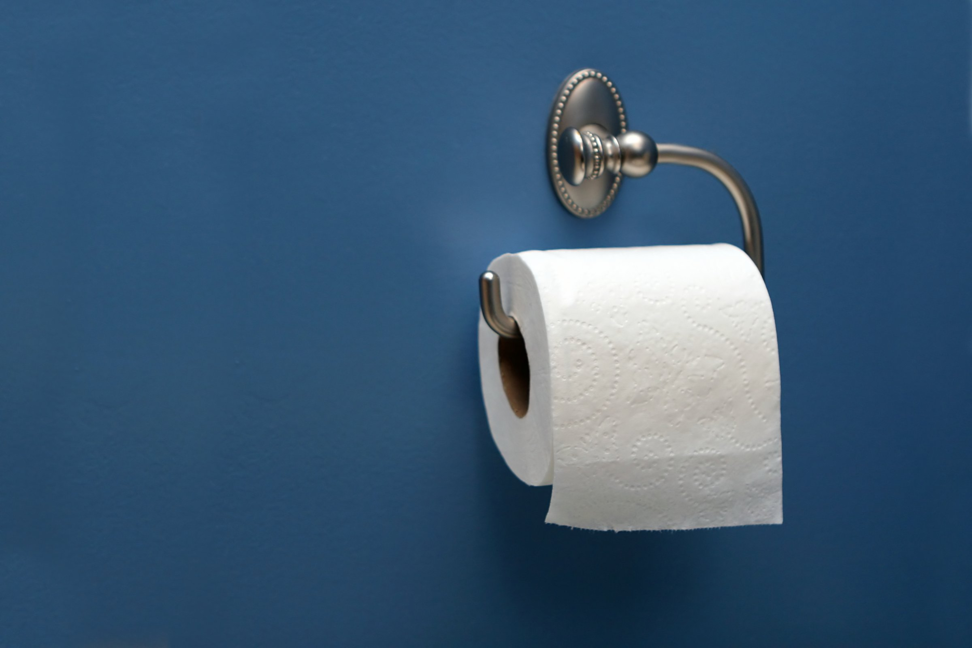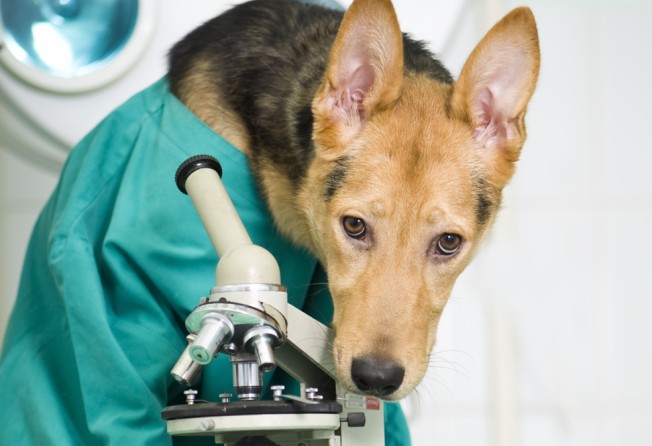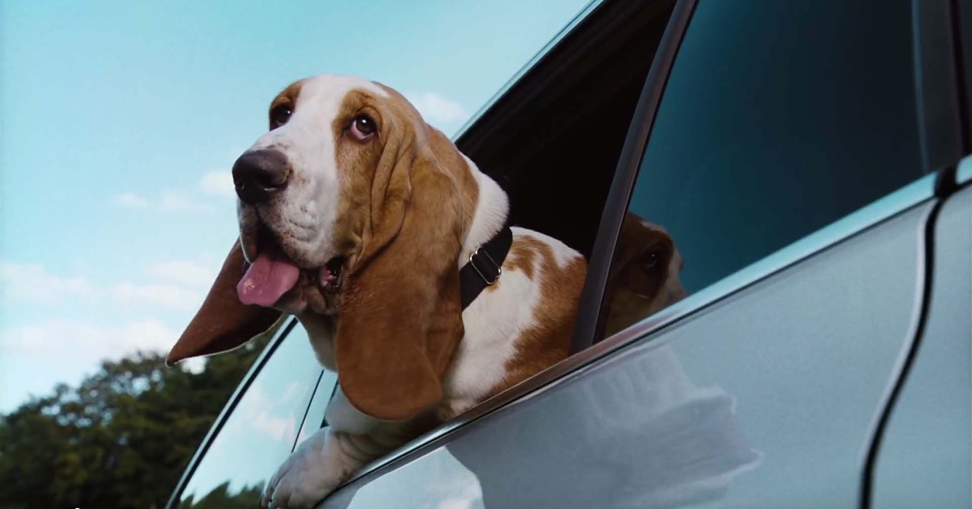
Why dogs eat faeces, according to a dog cognition scientist
It has to do with how dogs use their keen sense of smell to ‘see’ the world

Plenty of stuff divides us as people, but there’s one thing we can all agree on: poop smells bad.
No matter what you eat, no matter how healthy you are, your excrement doesn’t smell good. Sorry, Khloé Kardashian — even you.
Jokes aside, there’s a good reason for that human aversion to repulsive smells: It’s evolutionary protection.
The perception of a “bad” smell is what keeps us from eating potential poisons. So the evolutionary logic goes: Ancestors of ours who were able to avoid death/sickness from eating poisonous material survived, while those who didn’t have that trait... didn’t survive. We are the product of their survival.
And yet, when it comes to dogs, that aversion to “bad” smells doesn’t exist in the same way. To put it directly, dogs sometimes eat things that they shouldn’t: chocolate, onions, and even waste (poop).
This begs some questions:
•Why would a dog eat something that could harm it?
•Don’t dogs have an incredible sense of smell?
•Why would a dog eat poop, which isn’t even food?
I know this problem well, as I have an adorable mutt who loves nothing more than to eat things he shouldn’t.
Dog cognition researcher Dr. Alexandra Horowitz is an expert in how dogs smell, and how that sense of smell affects how they see the world. She wrote an entire book about the subject, “Being a Dog: Following the Dog Into a World of Smell,” published in October 2016.
And she’s got answers.
“It’s a little bit unsolved why they would eat faeces, what the advantage would be when there are disadvantages,” she told me in a phone interview earlier this year. But we do have some hints, and the first major hint has to do with how dogs experience the sense of smell comparatively with how we do as humans.
“Smell is just information for them,” Horowitz said. “The same way that we open our eyes and we see the world — it’s visual information. We’re not making judgments about everything we see. ‘Is that good? Is that bad? Is that good? Is that bad?’ We’re just like, ‘That’s a plant. That’s what that is.’“
For humans with sight, it is the primary sense in terms of experiencing life. For dogs with smell, it is the primary sense in terms of experiencing life.
Or, as Horowitz put it: “A dog just smells things — they smell a plant, they smell a person — not that it’s a good or bad smell.”
Dogs have eyes, of course, just as humans have noses — it’s a question of primacy. Dogs “see” the world through smell, just as non-visually impaired humans “see” the world through their eyes. It’s easy to understand why a dog doesn’t smell poop (or potentially toxic foods, like onions and chocolate) and react with revulsion — it’s information.
“Given that their primary sensory modality is olfaction [smell], they’re experiencing smells merely as information,” she said. “They’re not identifying them and characterising them as we identify smells.”
That doesn’t explain why a dog would then take the next step and eat something potentially dangerous. To understand that, we must first understand what gives dogs such an incredible sense of smell — and that requires a fancy science term (sorry!).
In addition to the nose itself, dogs have an olfactory organ that humans lack: the “vomeronasal” organ. Think of it like an add-on to the nose, capable of detecting the pheromones and other chemical messages communicated within a particular animal species. And it goes a long way in explaining why dogs sniff the waste of other dogs.
“To get information [in the vomeronasal organ], you have to actually absorb some of the molecules,” Horowitz told me. “Maybe what they do is consume the thing to get that information.”
Put more simply: Dogs could very well be eating poop in an effort to learn more about whatever animal excreted that waste.
“If you were doing it like a scientist, you would just get a very small amount [of poop], put it on the roof your mouth, allow it to be absorbed into the vomeronasal organ, and then get the information about the hormones and so forth,” she said. “But dogs don’t have that equipment.”
Sadly, we don’t live in a world full of dog scientists. Not yet, anyway.



